Four seasons of TAPKOP
Kussharo, Hokkaido.
TAPKOP is located in one of the coldest areas of Hokkaido, with temperatures sometimes exceeding 30℃ in midsummer, and -25℃ in the coldest period of winter.
Stoking firewood and warming yourself around the flames in the fireplace is one of the joys of living in a northern country, but without heating, life would be drastically different. In such a harsh natural environment, I am moved by the strength of the plants that live here with various techniques to survive, and the strength of the animals that struggle to survive the winter.
From the villa, you can see the 30,000 square meter grounds, the mountains behind it, and the wide sky, and just by sitting by the window, you can feel the extraordinary and majestic story of nature.
The changing seasons of TAPKOP. We would like to introduce just a few of them here.
Spring
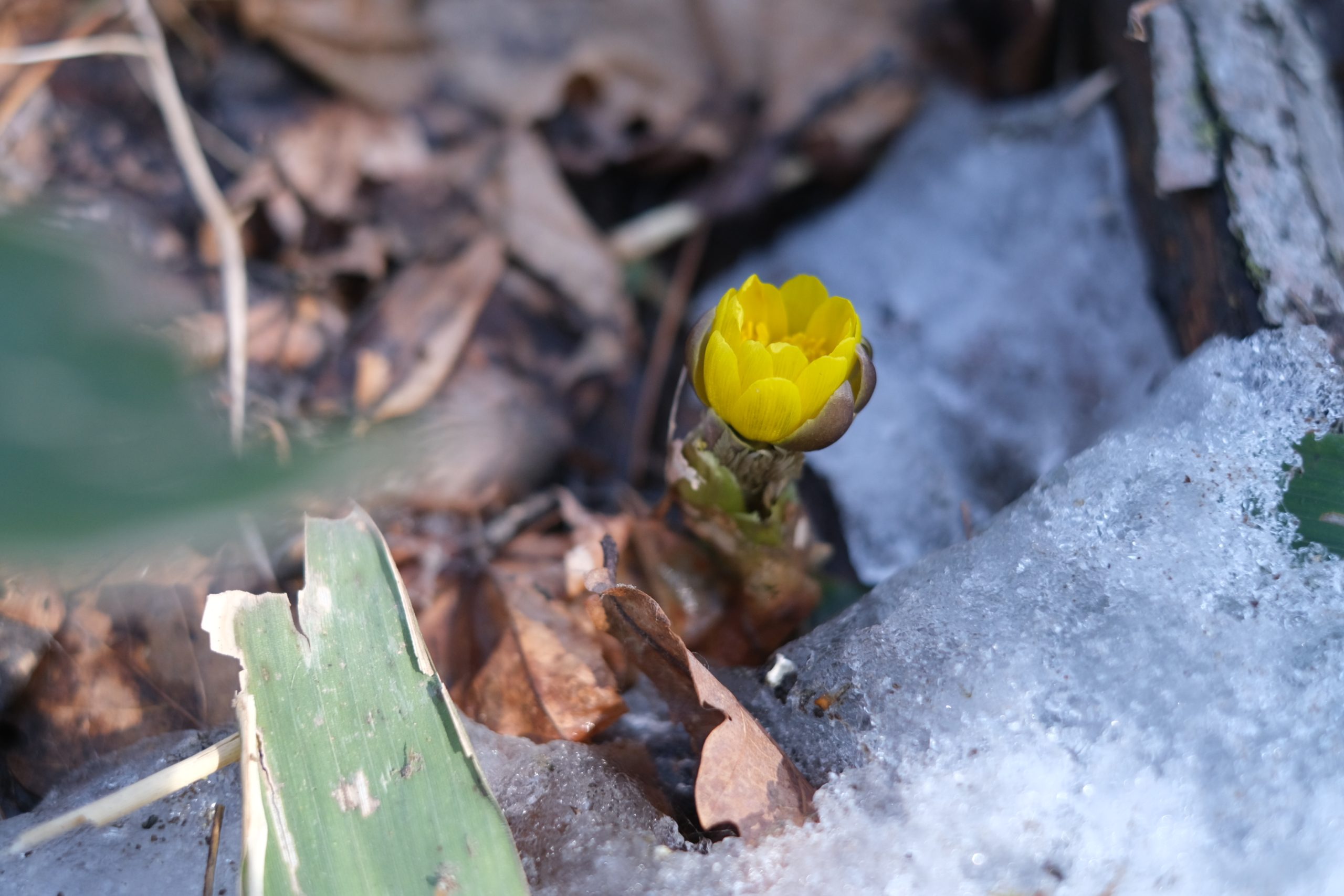
Spring comes with the melting of snow.
The light brown of the trees, the white of the lingering snow, and the dull green of the bamboo peeking out from there. Small, yellow Fukuju grass is beginning to bloom in the forest, which is still lacking in color.
In “Kumushi Plain” by Genzo Sarashina, a writer from Teshikaga, it is written that “You can hear the lively laughter of Fukujugusa from the cliffs where the snow disappears quickly and from the roots of large trees.”
As the weather warms up, we can harvest wild vegetables, a taste of spring.
You can enjoy a variety of things at different times, such as fukinoto, gyōja garlic, kogomi, cod sprouts, and bracken.
The Ezoyamazakura blooms around the end of Golden Week in May, and the fresh green leaves usually appear in the second half of May.
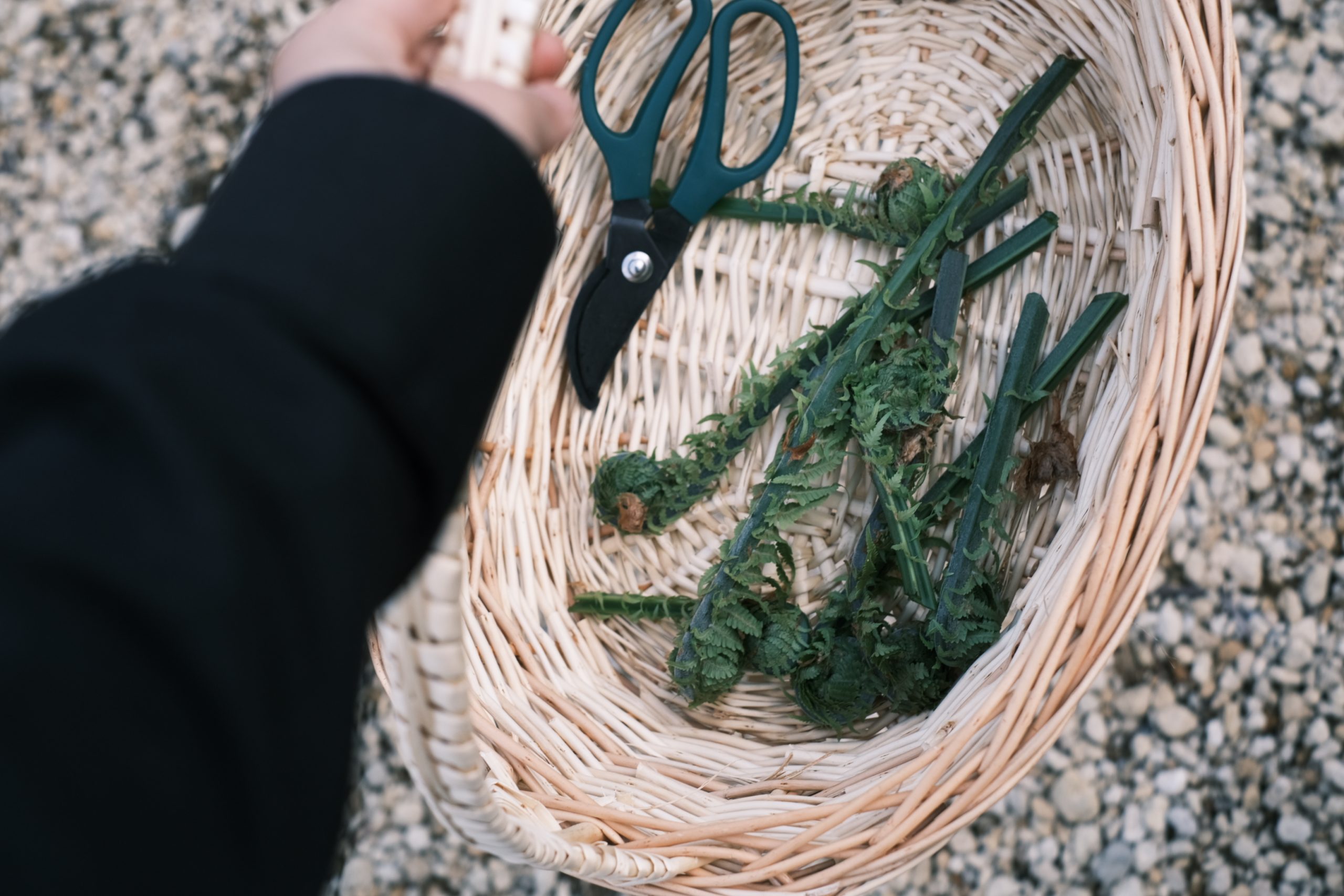
Summer
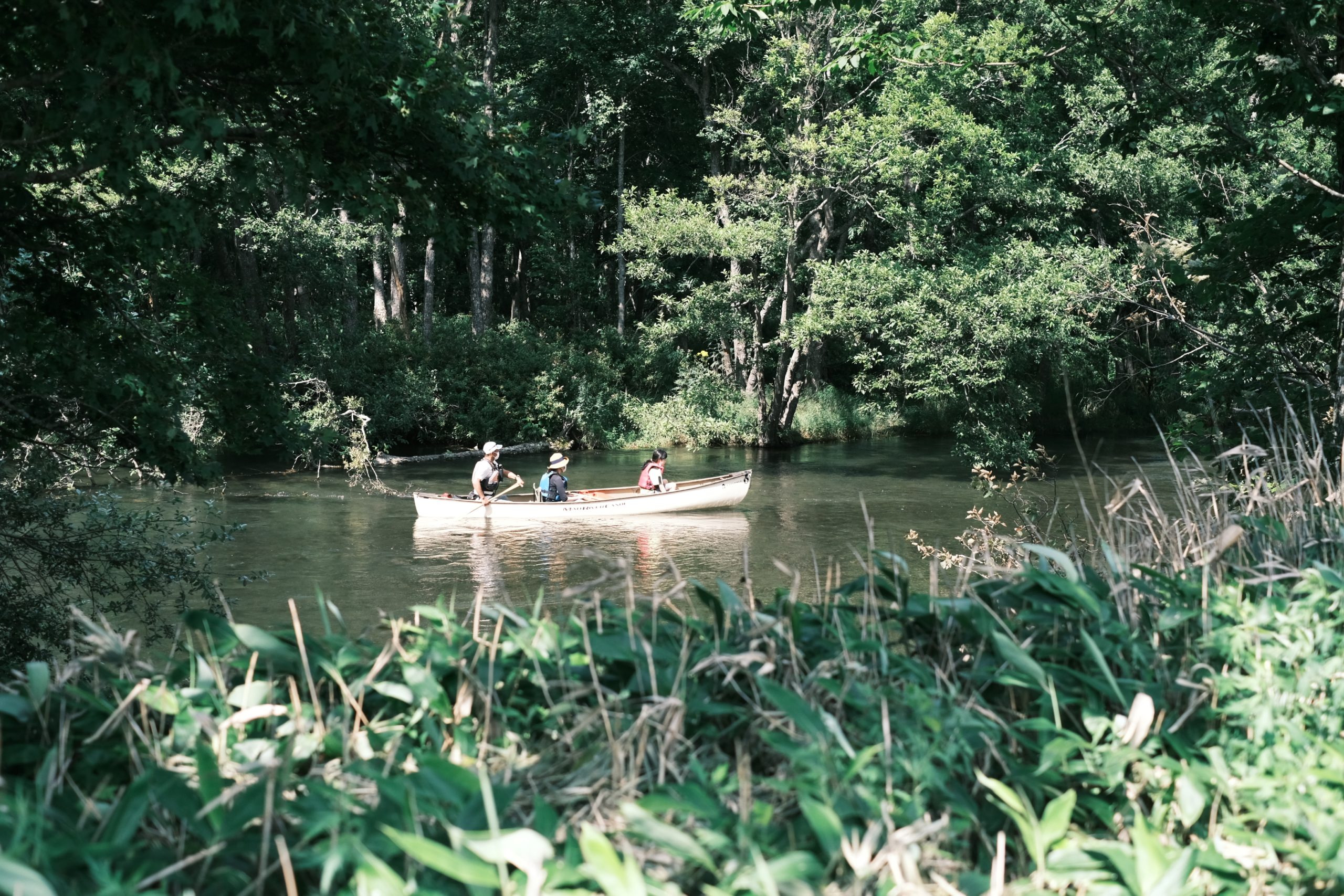
Summer is when the strong sunlight shines on the lush greenery and the water temperature in the lake rises.
The shores of Lake Kussharo are crowded with people playing in the water, canoeing, SUPing, and kayaking.
From around June, on canoe tours at the headwaters of the Kushiro River, if you wish, you can also try catching and playing with crayfish or enjoy some simple fishing. TAPKOP has a lawn in front of the villa where you can play bubbles and catch a ball.
It was foggy in the morning, and TAPKOP was right in the middle of a sea of clouds.
In summer, there are many days in the summer when you can see a sea of clouds at the high mountain passes in the area, such as Tsubetsu Pass and Bihoro Pass.
We also arrange sea of clouds tours, so please feel free to contact us.
Before the summer solstice, the earliest sunrise of the year, the sun rises around 3:40.
The sun sets after 7pm, so it will feel like the sun is out for a very long time.
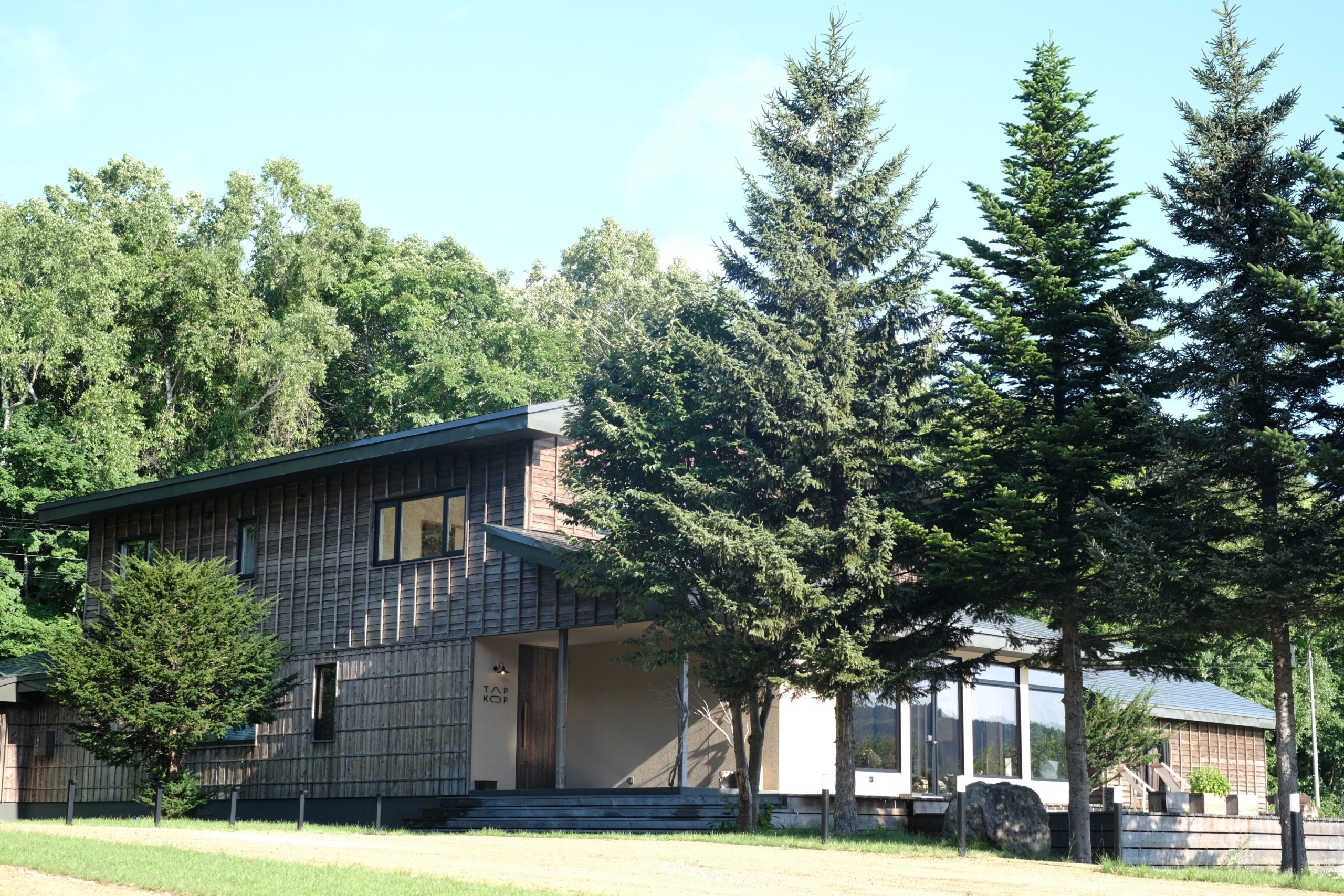
Autumn
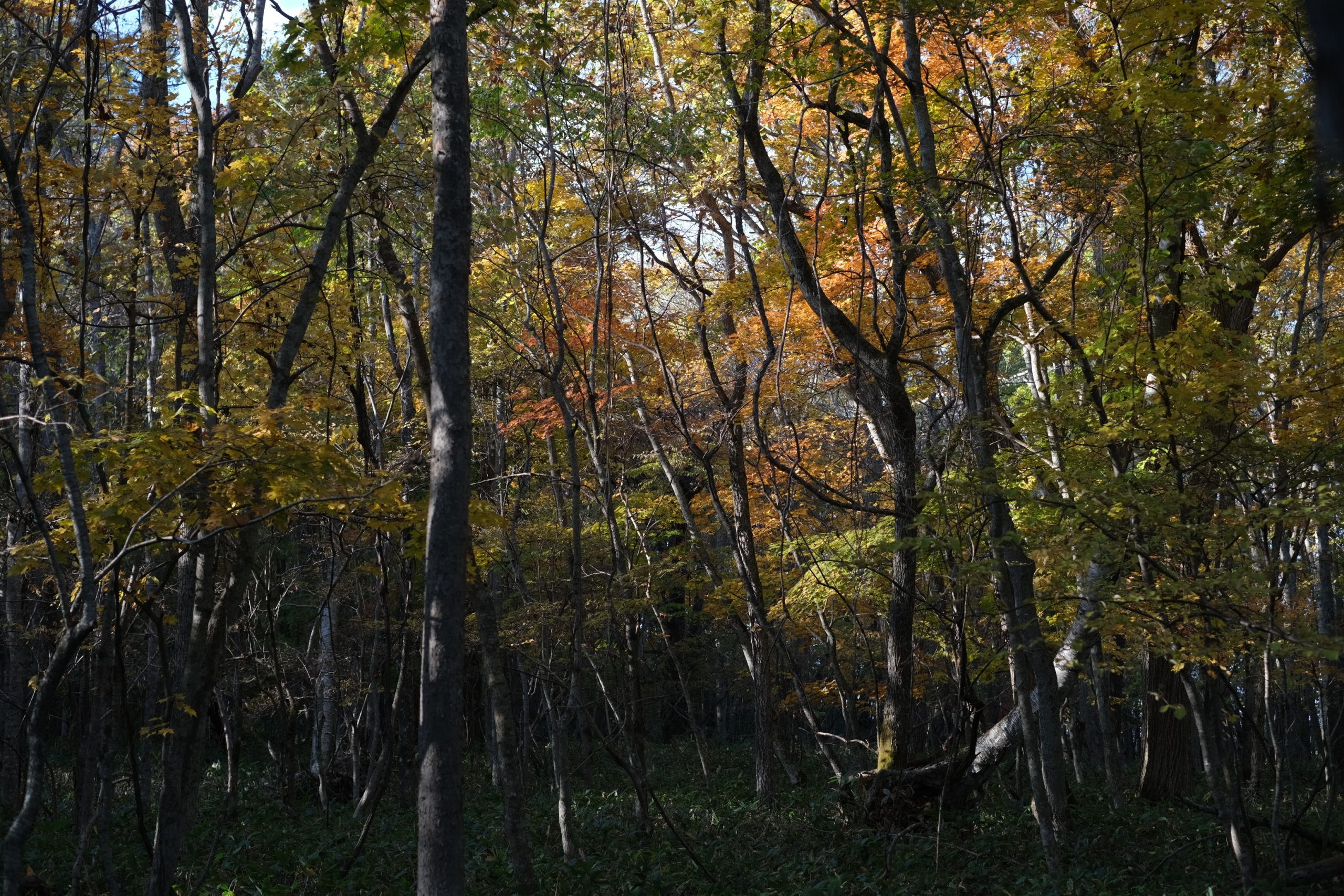
Autumn is when the mountains turn orange.
There is a song in Hyakunin Isshu that says, “Autumn is sad when you hear the sound of deer crowing as they step through the autumn leaves in the mountains,” and this time of year also coincides with the breeding season for sika deer. Many people are surprised by the male’s loud cry.
The distinctive call of a buck that can be heard in the fall during the breeding season is called a “ratting call.”
If you look outside at dusk, you may come across a group of sika deer.
The surrounding trees are also rich in color, turning orange and yellow.
The best time to see autumn leaves is from mid-October. In early November, the broadleaf trees shed their leaves and you can enjoy the yellow leaves of the coniferous larch.
This season is also a great time for bird watchers, as many birds come down to human areas from autumn, and falling leaves make them easier to spot.
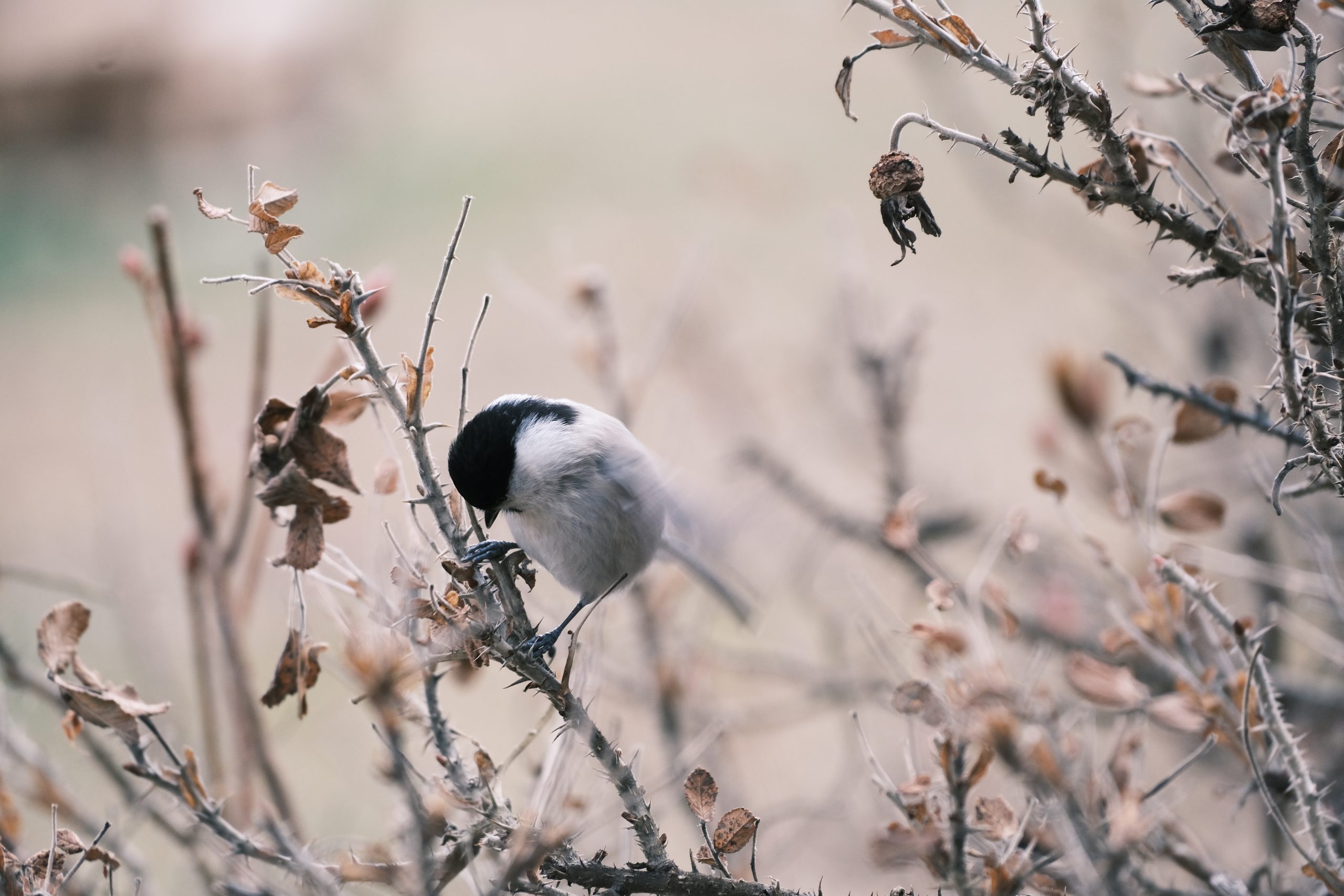
Winter
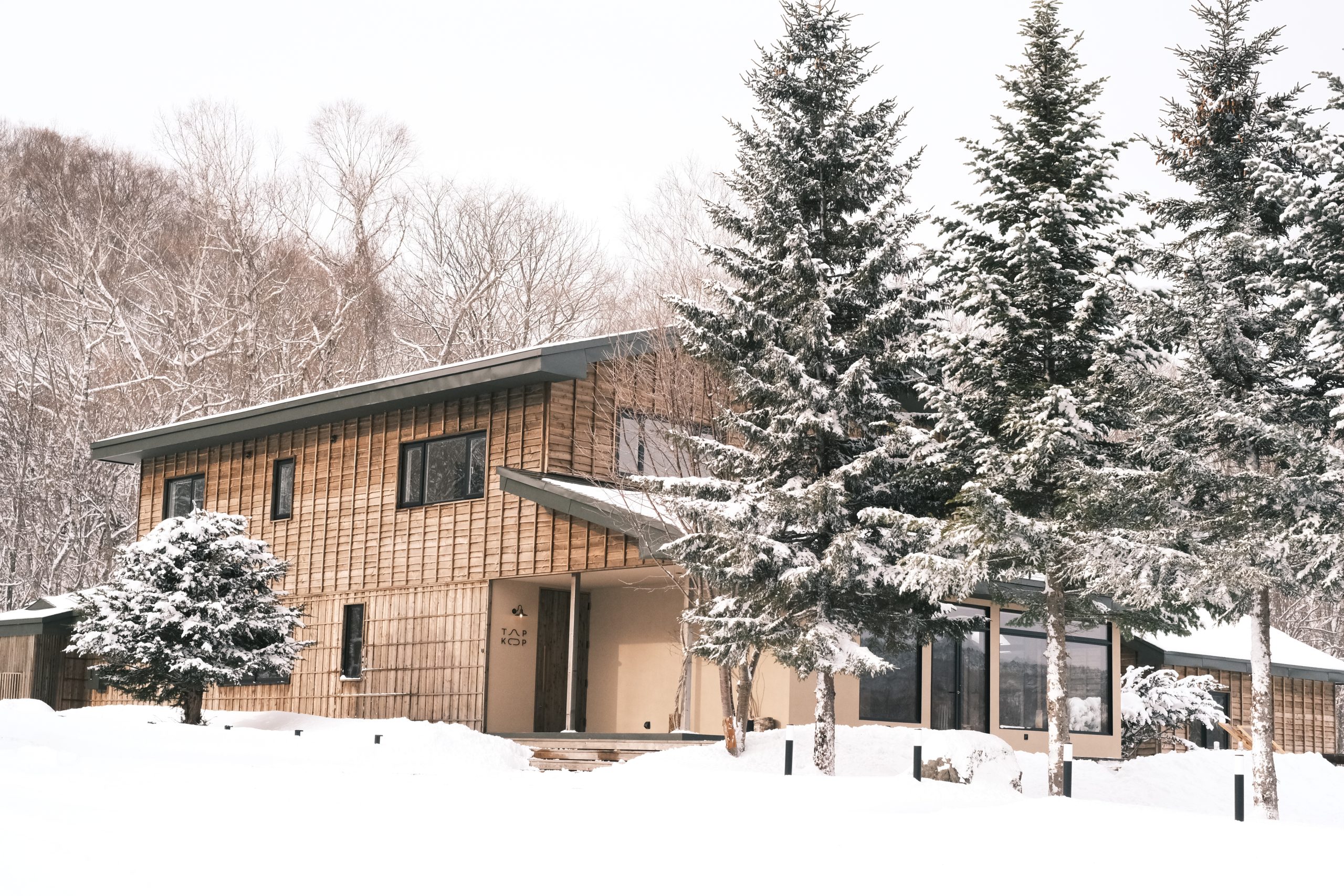
This is the season of the year when the harshest yet most beautiful scenery unfolds.
It is around the end of December that the whole area is covered with snow. Around this time, trees are coated with a layer of ice called “rimfrost”, water vapor in the air sparkles like “diamond dust”, ice flowers bloom on the surface of a frozen lake called “frost flowers”, and spray from the lake freezes directly on branches. You can enjoy various kinds of ice art created by nature, such as “.
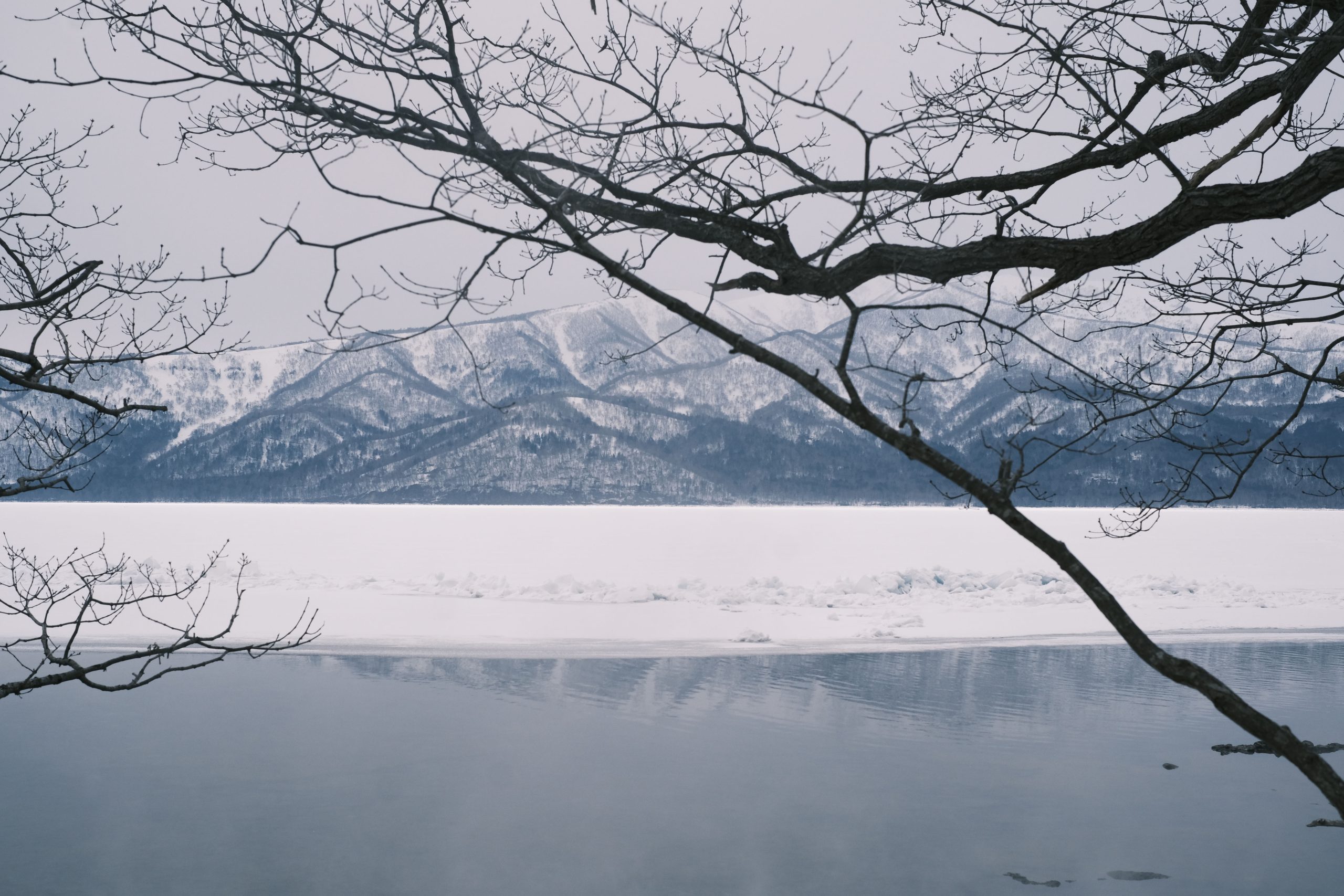
The lake freezes in early February. Lake Kussharo is the largest lake in Japan that is completely frozen.
The fireplace is active in the room. It’s also fun to light firewood.
(In addition to heating, there is air conditioning and floor heating.)
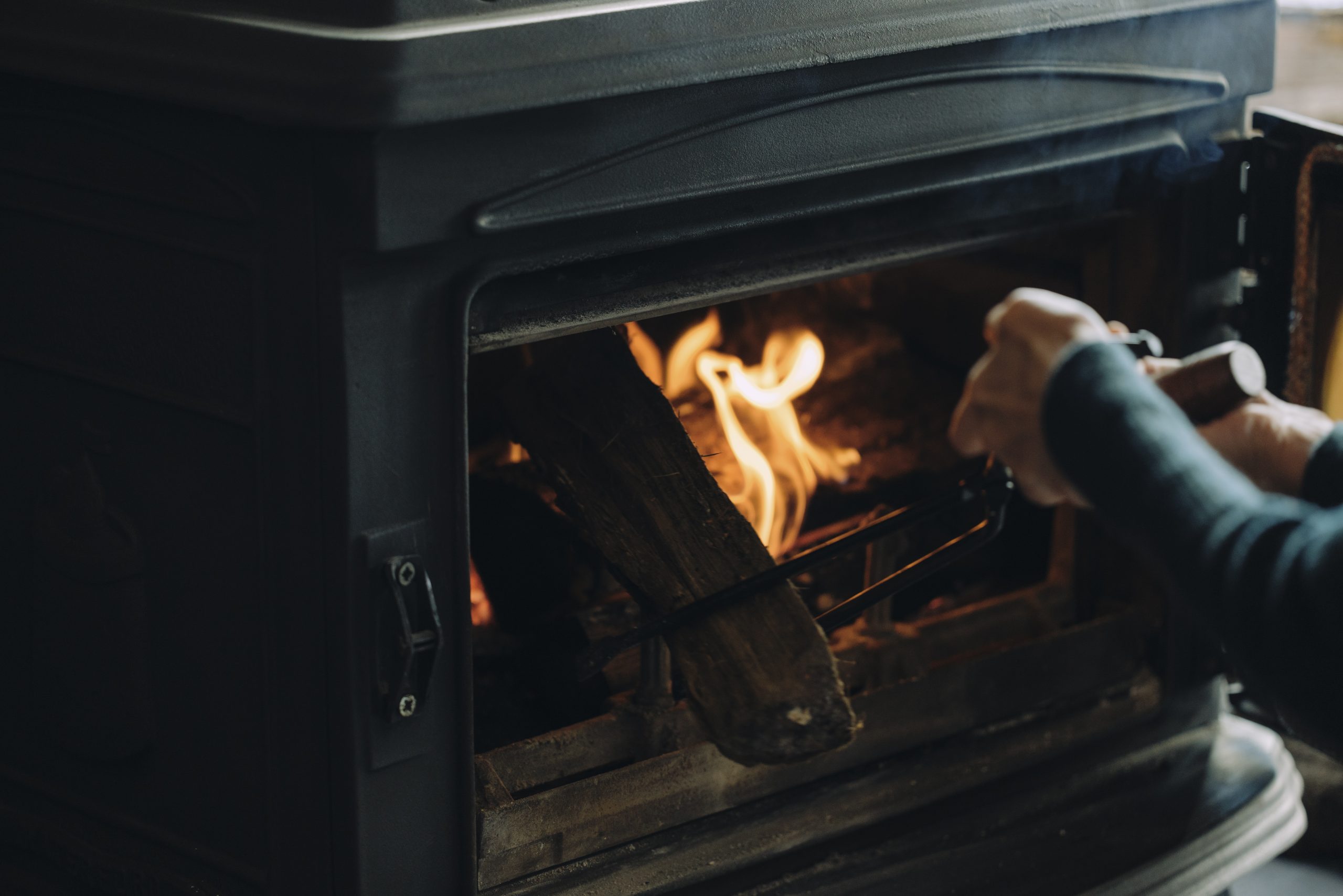
Would you like to spend time listening to the nature that is here and now at TAPKOP?
TAPKOP also arranges nature guided tours in various fields such as trekking, canoeing, SUP, and night watching.
Read the PREVIOUS STORY

